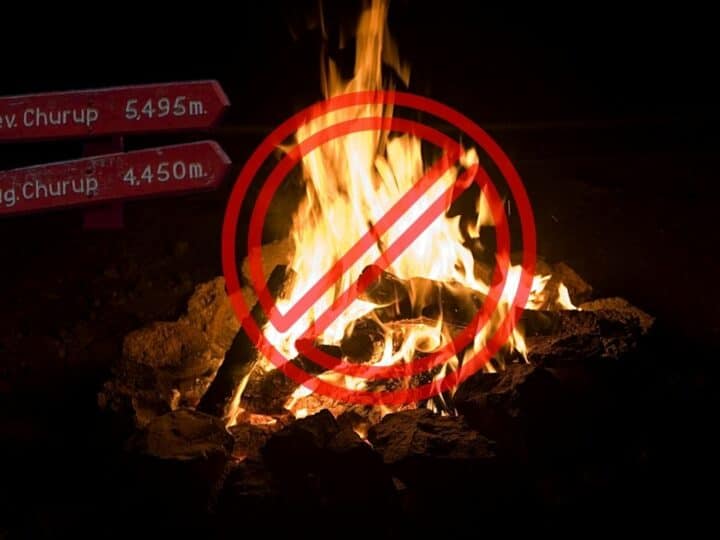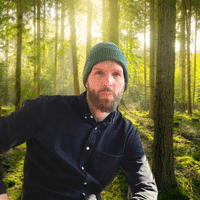The humorless notice “Campfires are allowed in all areas […] normally open to campfires ” packs quite the unintended humorous punch when restated to clarify what it is really saying: “Campfires are allowed in all areas… except where they are not.”
Hmm. “Warning: it is dangerous to expose yourself to danger.”
Although it is easy to poke fun at pompous bureaucracy when it comes to campfire safety and protecting our parks from fire disasters, there is nothing humorous or funny at all; safety is everyone’s responsibility.
I make the remark below that, unfortunately, park authorities cannot trust the public to responsibly and safely start campfires.
Yet, these same authorities ban campfires only from 5,000 feet and above, so why do parks allow these campers to use campfires at lower elevations?
Obviously, campers are not uniformly irresponsible pyromaniacs, otherwise, there would be an outright ban on campfires.
The question then becomes, why are campfires prohibited above 5,000 feet in national parks?
Table of Contents
Why No Campfires Above 5,000 Feet?
National parks forbid campfires above 5,000 feet to preserve the ecology at that elevation. A height of 5,000 feet is where the treeline occurs. The dense forest peters out, and from this point and higher, trees are few and those that make it are hard-pressed to survive.
The Treeline at 5,000 Feet and its Relationship to Campfires
The treeline is not an exact line but rather a vague region that is still distinct enough to be recognized as some sort of barrier or border when viewed from a distance.
It is definitely the ending of something (the forest) and the beginning of something else (the tundra or grasslands).
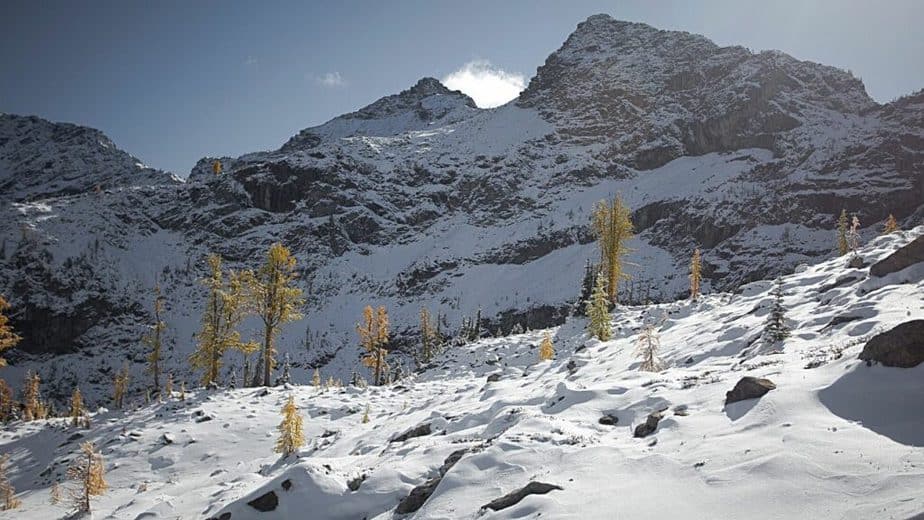
The forested side of treelines is always the lower part, while the tundra side is always higher.
The lack of trees is precisely why fires are forbidden above the treeline.
Anyone who takes notice will observe that the number of trees drops precipitously, and many of those that do manage to grow here show signs of the Krummholz Effect; gnarled, stunted, weirdly shaped trees, with the hardship they have endured being reflected in their meager growth rate.
If parks were to permit campfires, campers would be able to search the area around their camp to find wood.
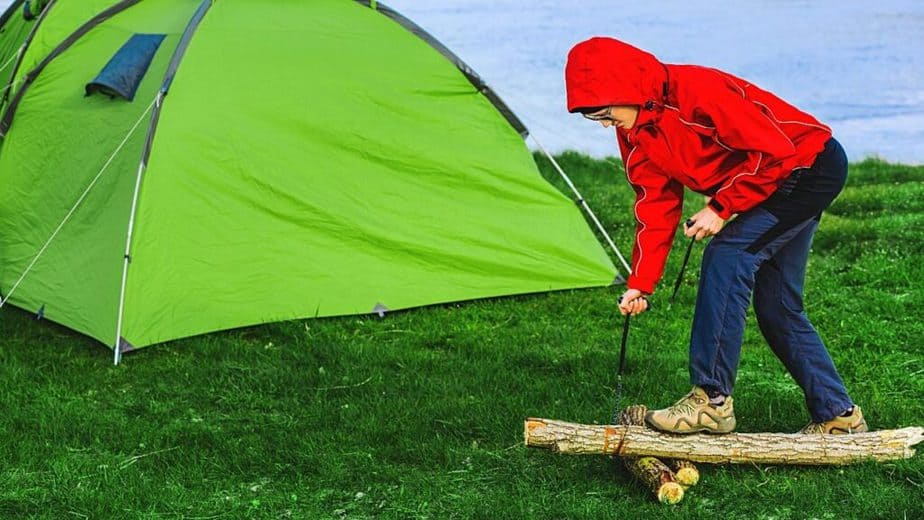
In an environment where the trees already face tremendous adversity to survive, this extra pressure on their scarce resources is the last thing they need.
Even if park authorities restricted campfire fuel to deadwood, unscrupulous campers could declare their fuel deadwood, even though, in reality, they were using was culled from local trees.
Furthermore, ecologically speaking, even bona fide deadwood is an important organic material.
Nature uses deadwood as a base from which to build soil to fuel future vegetation growth.
Ecological Problems with Campfires at 5,000 Feet and Above
There’s no such thing as an ecologically friendly campfire at this height
Alpine environments are incredibly fragile.
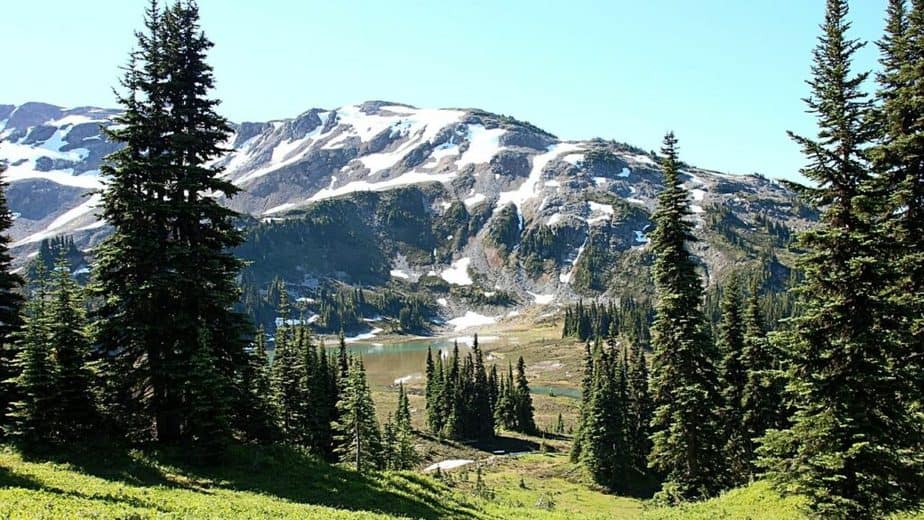
Therefore, even if folks could legally ignite a fire on high mountains, it would be extremely difficult to keep the fire from burning the ground and even harder to get rid of the resulting ash safely, given that those regions above the treeline would be sensitive to the unintended addition of fertilizers.
The soil in these areas doesn’t contain a lot of nutrients, so a new source of sustenance would only benefit and encourage the encroachment of novel species of flora and even fauna.
In other words, the alpine ecology is so finely balanced that even something as seemingly innocent as wood ash could quickly destroy it.
An out-of-control fire is even worse for the park at high elevations
Obviously, a park fire isn’t on anyone’s friendly visitor list, and such ‘guests’ are always unwelcome, leaving behind a trail of undesired and unsolicited destruction.
However, if a fire were to break out above the treeline, its effect would be orders of magnitude more harmful than at lower heights.
For example, there are fewer trees above the treeline to act as windbreakers, so the wind can quickly transform a single accident into a major incident in a trice.
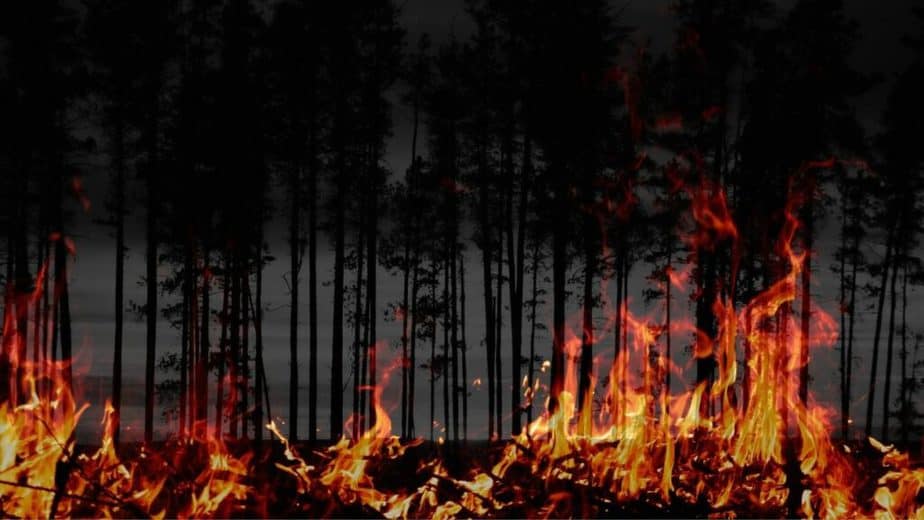
To make matters worse, getting firefighters and firefighting equipment up into the alpine region is much more complicated than it would be lower down.
Yes, once there, firefighters and firefighting equipment would have the space to operate more effectively, but this benefit to the firefighting cause would be more than negated by the difficulty of reaching the fire.
Another reason that fires at this altitude can turn into a colossal problem quickly is that even though ambient temperatures will be lower than the high temperatures below, the environment is much drier at this elevation.
First of all, the vapor point here is lower, and of course, since any groundwater runs downhill, there’d be little by way of natural moisture to help fight the fire.
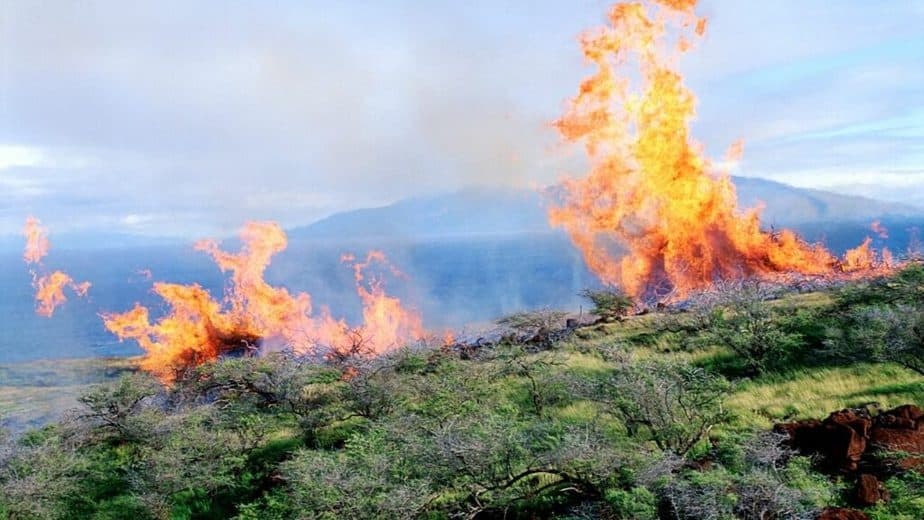
Finally, any fire here wouldn’t just race across the terrain laterally.
Fire would spread in all directions, upwards, sideways, and downwards – smack into the trees below the treeline and into the dense forest there.
This means that firefighters would be fighting a forest fire at the wrong end of the scale of accessibility.
Frequently Asked Questions about Why No Campfires Above 5000 Feet?
Why can’t park authorities allow campers to build campfires with briquettes or wood pellets?
If park authorities could trust all campers to always use cured wood pellets or briquettes, they’d allow campfires at any elevation. But, far too many untrustworthy citizens would never go through the hardship of carrying campfire fuel, so authorities ban campfires at 5,000 feet and above.
If I light a fire in my tent, is it a campfire?
Legal fires as those in heating devices, lanterns, grills, and LPG or liquid‑petroleum fuelled stoves. Hence, if you have a legal fire in your tent, it isn’t a campfire. An open fire for aesthetics, ceremonial, lighting, cooking, or personal warmth is a campfire and isn’t legal.
Afterword: Why No Campfires Above 5,000 Feet?
The ecology of national parks is fragile at the best of times, and nowhere is it more delicate than above the treeline, where the forest ends and a sparsely treed tundra-type ecology takes over.
At this elevation, hundreds of year-old trees might only be ten feet tall, and in any case, the Krummholz Effect makes many of these trees stunted and gnarled, leaving the trees particularly sensitive to the loss of branches which would occur if park visitors were raiding the trees for firewood.
Even if park authorities could trust campers to bring in their own firewood, such wood could contain bugs and critters that might wreak havoc on the local ecology.
